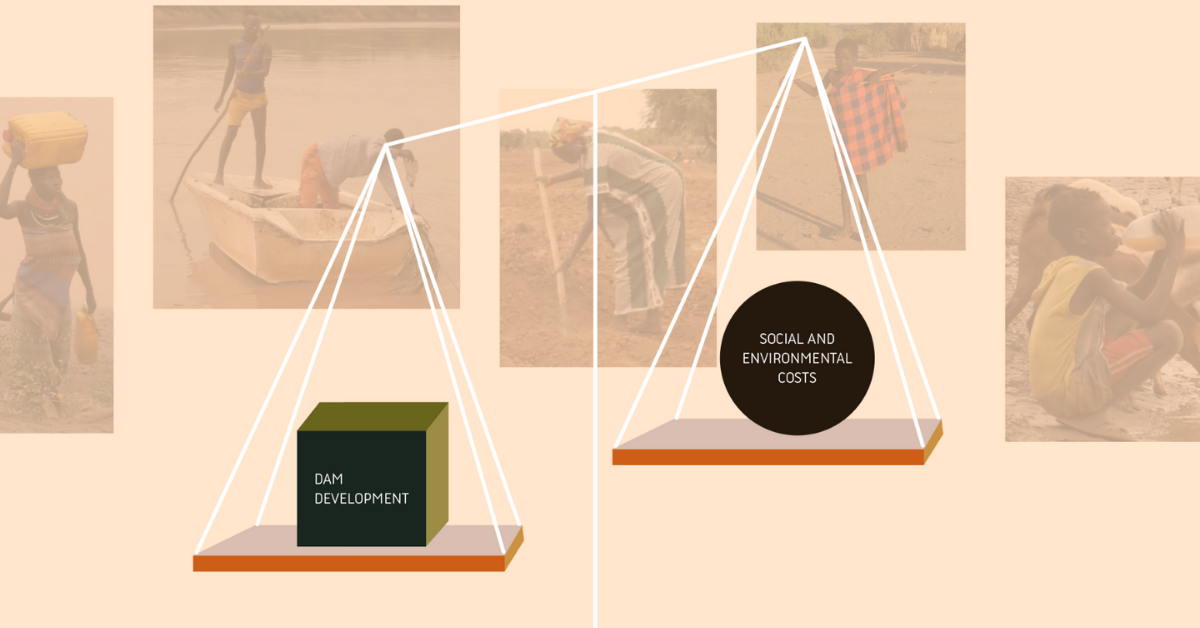
A new series of dialogues on development research kicked off in April, an initiative taken by the Development and Aid Policy Team at SEI Headquarters and SweDev. Our research-based community has raised the need for learning spaces and dialogue platforms for development research.
“Through the dialogues we aim to spread findings of development research by creating a learning space where researchers can share ongoing research and findings on crucial development issues.
Janet Vähämäki, Director of SweDev and SEI Development and Aid Policy Team Lead
“We invite development researchers around the world; both Swedish researchers, international researchers, and researchers from the global south, to give a short talk about their ongoing or finalized research,” Janet Vähämäki said.
Climate change, security, and renewable energy
The dialogue held in April highlighted an ongoing research project about low-carbon development and renewable energy in East Africa led by Matthew Osborne, SEI Research Fellow.
While aiming for greater human security and resilience – the development of renewable energy sources directly impacts land access and livelihood resources, and therefore has the potential to weaken resilience and exacerbate insecurity, especially in regions affected by fragility, conflict, and violence.
The overarching aim of this specific research project is to produce policy-relevant knowledge about the opportunities for conflict-sensitive development and sustaining peace through different renewable energy projects.
SweDev and SEI launched the dialogues on development research by inviting Coralie Legrand, Motion Designer and Illustrator, to display how effective communication can promote research to different audiences.
Watch the recording: Low-carbon development in Africa: How to visually create impact.
The power of images and stories
Our brain loves stories. In these millennia, humanity has not changed. Illustrations, images and stories have always been used to convey a message. Visual images can create an enjoyable interaction and break down the complexity of certain topics. Today, we might think of visual storytelling being used in advertisements, but communication is also crucial in research. Societal challenges need to reach everyone now more than ever, and we can use visuals as a tool to connect with people.
The power of metaphors and illustrations
Visual communication tools are a wonderful way to communicate science. In two animated videos co-created together with SEI’s Osborne, Coralie illustrated the research project “Low-carbon development in East Africa.”
According to Coralie, the combination of research and storytelling can be particularly powerful for sustainability science. Coralie explained that a key component is the use of visual metaphors and their ability to break down complexity into something that is more easily understood by the viewer.
There are two opposing forces at work in today’s digital communication space: on the one hand, we have digital fatigue due to a large amount of news and data. On the other hand, users have increasingly fragmented attention spans. Here, storytelling and illustrated videos can play a role by creating an emotional investment through for example the use of colours and other visual aspects.
The message remains anchored in the research, but the creative way to express it may play a crucial role to reach different audiences. Visuals connect to viewers on an emotional level, which is where the decision-making takes place.

Making science more engaging
How can we make science more digestible and engaging for society? The best way to start is to know the goal and purpose of the research communication. You need to respond to these questions and identify your audience:
- What exactly are you trying to communicate? What is the core message?
- Which impact are you trying to make by illustrating your findings, what is the desired outcome?
- Who are you trying to reach? Is it the general public, policymakers or others?
Coralie reminded us that stories are both contextually and culturally bounded, and that one story does not work everywhere.
To cut a long story short: make room for imagination and find the things that people will understand and feel engaged about. Illustrations can help you to reach your target audience and extend the impact of your sustainability research, allowing you to create societal changes and actions that science aims to do.
News text written by Alessandro Giacardi, Communication and Research Intern at Stockholm Environment Institute (SEI) for the Development and Aid Policy Team and SweDev and Ylva Rylander, Communications Officer at Stockholm Environment Institute (SEI) for SweDev.

Recent Comments